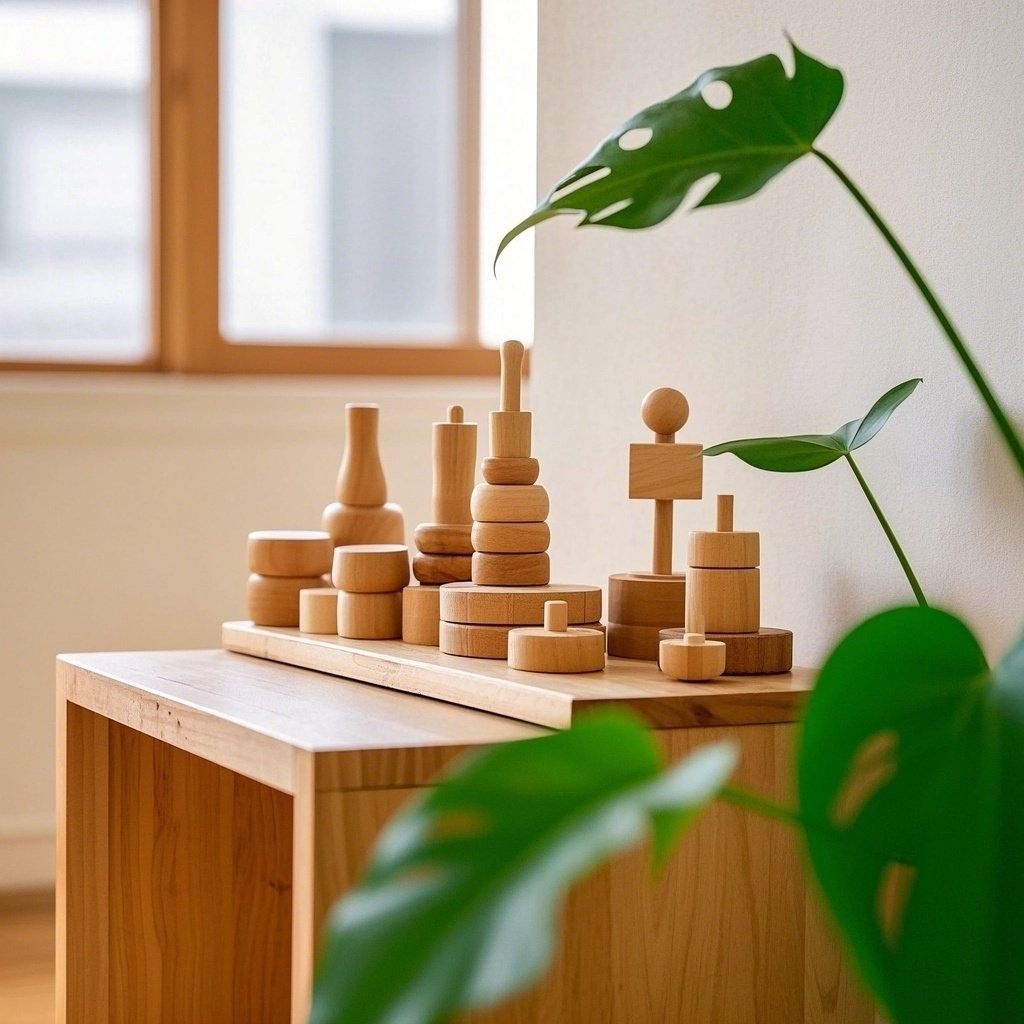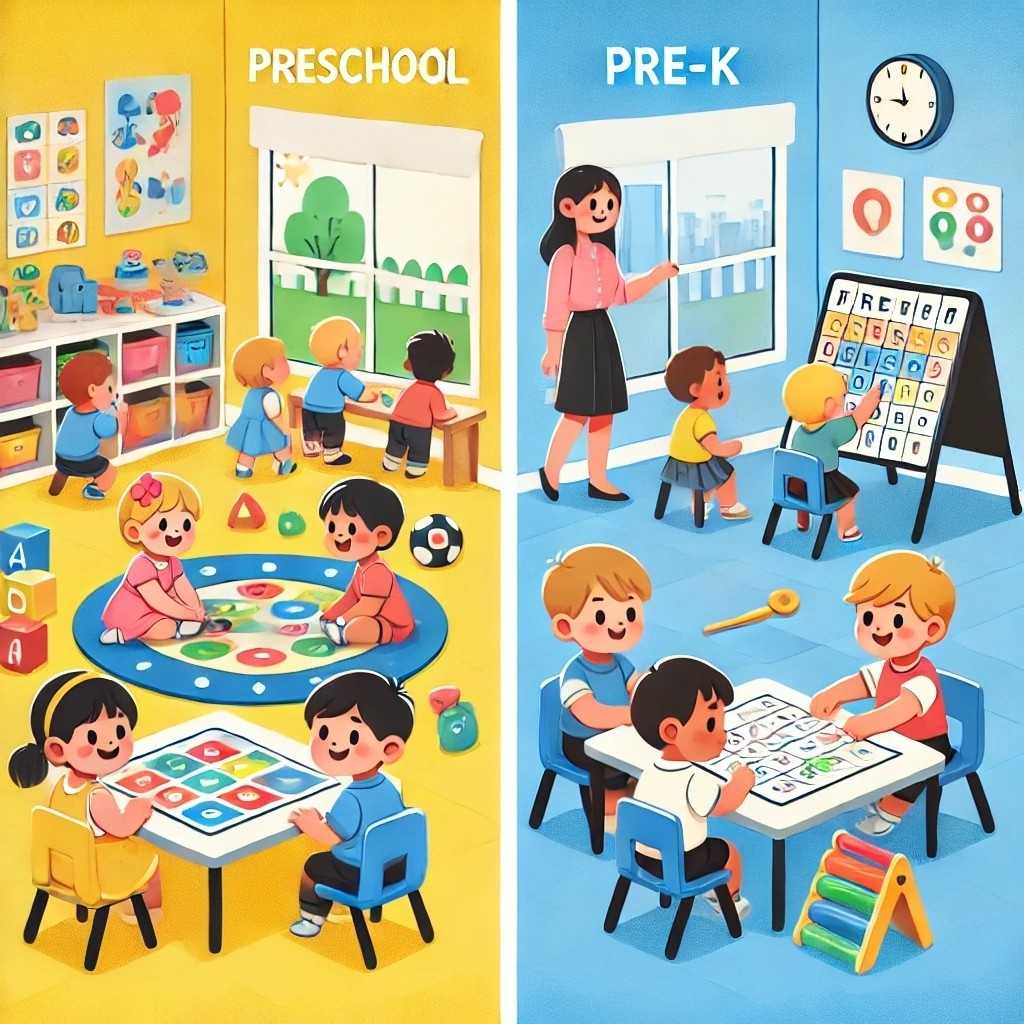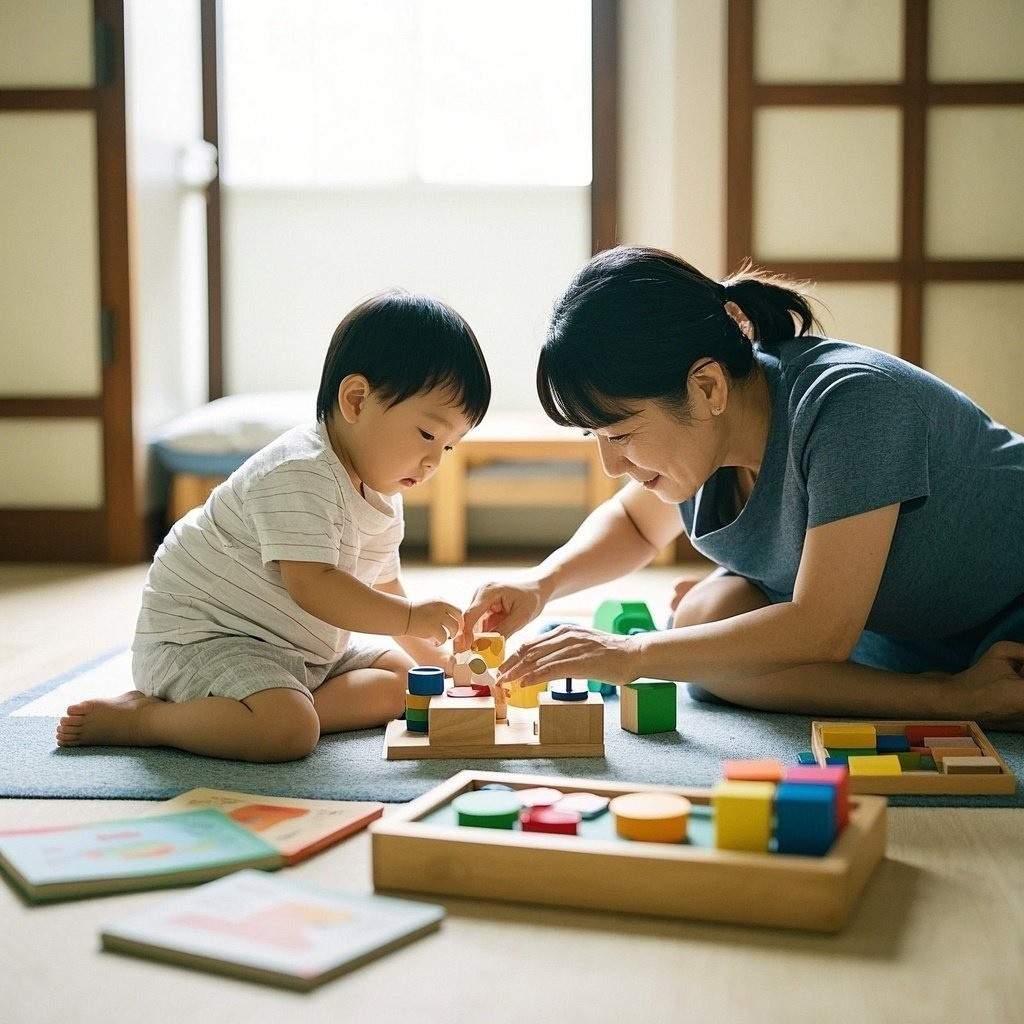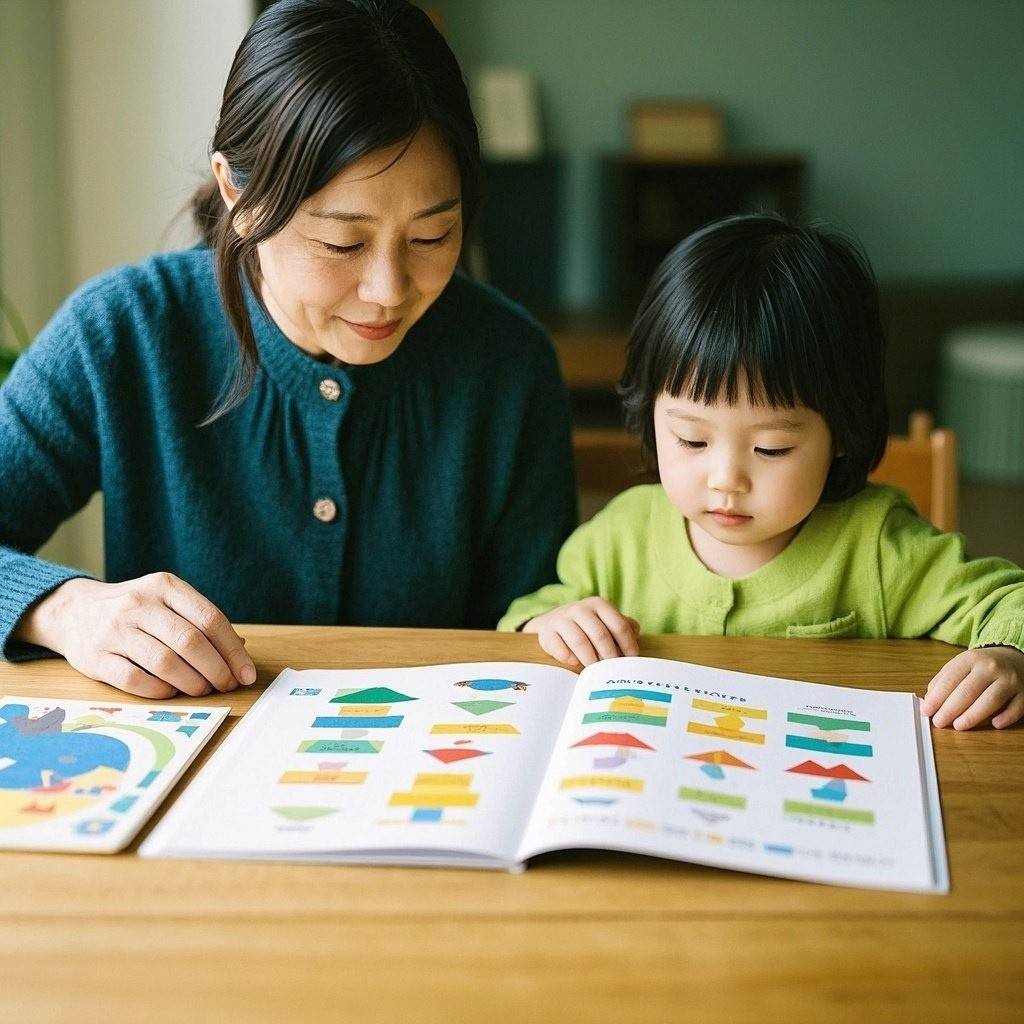Introduction
Montessori education is founded on the belief that children learn best in environments that allow them to explore and discover at their own pace. Named after Dr. Maria Montessori, an Italian physician and educator, this method emphasizes respect for a child’s natural psychological, physical, and social development. Central to her philosophy is the idea that children thrive when they have the freedom to move around, choose their own activities, and interact with carefully selected learning materials.
When implementing Montessori principles at home or in a classroom, the physical environment plays a pivotal role. This environment is deliberately designed to be child-centered, enabling young learners to become self-motivated and independent. Below, we explore six key aspects of creating a Montessori-inspired environment: designing the space thoughtfully, establishing learning zones, utilizing child-friendly furniture, incorporating natural materials, encouraging independence and exploration, and maintaining a calm, orderly atmosphere.
1. Designing a Montessori-inspired Space
Focus on the Child’s Perspective
A Montessori-inspired space considers a child’s viewpoint first. Most traditional environments are designed for adults: door handles are at adult height, chairs are sized for grown-ups, and objects are placed on high shelves. In a Montessori setting, everything is adjusted to meet the physical and developmental needs of children. This means lower shelving, smaller furniture, and decor placed at the child’s eye level.
By adopting a child’s perspective, you create a setting that sparks curiosity and invites learning. When children can see and access materials easily, they become more willing to explore and engage with their surroundings. Even something as simple as displaying picture frames or artwork at a child’s height can make a big difference in making them feel welcomed and valued in the space.
Emphasize Openness and Flow
Open spaces allow for movement and free exploration. Instead of cluttering the area with unnecessary furniture or decor, adopt a minimalist approach. Having fewer barriers encourages children to walk around, look at different activities, and choose what they want to do. It also makes it easier for them to transition from one activity to another—an important aspect of developing independence and self-direction.
An uncluttered, open environment also makes it simpler to keep track of materials and ensure they are returned to their proper place. This sense of order is especially important in Montessori settings, as it teaches children responsibility and respect for their surroundings.
Natural Lighting and Soft Colors
Ideally, a Montessori-inspired space should let in ample natural light. Sunlight can be more soothing than artificial lighting, helping children feel more connected to the outside world and promoting a sense of calm and well-being. If possible, arrange tables or reading nooks near windows where natural light is abundant.
When selecting a color scheme, opt for soft, neutral hues such as cream, beige, light greens, or pastel blues. Bold or overly vibrant colors can overstimulate some children. Soft tones help maintain a relaxed and focused atmosphere, letting the learning materials and children’s activities take center stage.

2. Establishing Learning Zones
Purposeful Segmentation
In a well-designed Montessori environment, every area has a specific purpose. You might designate one corner for reading, another for art, and another for practical life activities. These zones help children understand where to find tools and materials they need for a particular type of work.
For instance, your practical life area could include child-safe kitchen utensils, a small broom, and a dustpan for children to practice everyday tasks. An art corner might contain paper, crayons, washable paints, and clay, while a reading nook could feature a soft rug, cushions, and a curated collection of age-appropriate books.
Clear Boundaries
While you don’t want to barricade children or limit their freedom, subtle boundaries can help maintain a sense of order. Low shelves or small rugs can visually demarcate one zone from another, guiding children toward understanding that each zone has a specific function. By clearly defining these areas, you create a framework in which children can freely move, explore, and return materials without confusion or chaos.
Rotation of Materials
Children often cycle through interests, so occasionally rotating the learning materials in each zone can renew excitement and prevent boredom. If you notice a child seldom chooses a particular activity, replace it with a new or different one. However, avoid overwhelming them with too many choices. Strive to maintain balance: enough variety to sustain engagement, yet not so many materials that the child feels overloaded.

3. Utilizing Child-friendly Furniture
Sizing and Accessibility
Child-friendly furniture is a hallmark of Montessori spaces. When tables, chairs, and shelves are sized appropriately, children can use them independently without adult assistance. For instance, a chair should be small and light enough that a child can carry it across the room if they want to sit in a different spot.
Similarly, shelves should be low and stable, allowing children to see and reach all materials. This does more than just facilitate easy access; it nurtures self-reliance. Children learn to trust their own abilities and grow comfortable with taking initiative when they do not have to rely on an adult for every task.
Safe and Durable Materials
Montessori furniture should also be made from sturdy materials like solid wood that can withstand frequent use. Look for rounded edges and smooth surfaces to minimize the risk of injuries. Durability is important because Montessori environments encourage children to move, rearrange, and use furniture in various ways.
Multi-functional Pieces
In smaller spaces, multi-functional furniture can save room while still adhering to Montessori principles. For example, a table and chair set might also double as a makeshift art station. Some stools can be flipped to become small shelves. The key is to keep the child’s independence at the forefront while maximizing the functionality of each piece.

4. Incorporating Natural Materials
Connection to Nature
From a Montessori perspective, connecting children with nature is crucial. Natural materials—wood, cotton, wool, stone—have textures and qualities that are more harmonious and soothing than plastic or synthetic items. Children can learn about weight, texture, and even temperature differences by handling objects made from materials that come from the natural world.
Wooden Toys and Tools
Wooden toys and learning tools are not just aesthetically pleasing; they also promote sensory engagement. When children touch wood, they often perceive tiny variations in grain and texture, which can enhance their tactile awareness. Additionally, wooden materials are usually more durable and can be passed down or reused for longer periods, aligning well with the Montessori philosophy of sustainability and respect for the environment.
Real-life Objects
Whenever possible, incorporate real-life objects into children’s activities. Rather than using toy utensils, provide child-sized versions of actual utensils. Let them use real ceramic plates and cups under supervision, teaching them how to handle these items with care. This approach underscores the Montessori emphasis on practical life skills, showing children that their actions and responsibilities are meaningful in a real-world context.

5. Encouraging Independence and Exploration
Child-led Activities
A significant pillar of Montessori education is letting children guide their own learning. Instead of adult-led instruction, children are free to choose activities that spark their interest. By selecting their own tasks and working with them for as long as they remain engaged, children develop concentration, perseverance, and a sense of accomplishment.
To facilitate independence:
- Label shelves and storage containers with pictures or words so that even very young children can understand where things belong.
- Demonstrate activities clearly the first time, then step back and allow the child to practice independently.
- Let children help with daily tasks, like preparing snacks or sorting laundry, to reinforce their sense of autonomy and responsibility.
Freedom within Limits
While Montessori environments promote freedom of choice, it is freedom within reasonable limits. Clear rules and boundaries—such as using materials gently or returning them to their place—help children understand respect for themselves, others, and their environment. This balance ensures that exploration does not devolve into chaos, maintaining an environment that is both nurturing and orderly.
Encouraging Problem-solving
When children face a challenge—like a puzzle that’s difficult to solve—resist the urge to intervene immediately. Instead, observe from a distance. Offer gentle guidance if they appear truly stuck, but avoid giving away the solution. This teaches children perseverance and critical thinking skills, essential traits for lifelong learning.

6. Creating a Calm and Orderly Environment
Minimal Clutter
Montessori settings are intentionally designed to be free from excessive clutter and distractions. By maintaining a clean, well-organized space, you help children focus on their work without feeling overwhelmed. Have a place for everything, and ensure that items are consistently returned after use.
Teach children how to clean up their workspace once they’re finished with an activity. Whether it’s wiping down a table or sweeping spilled rice from a practical life exercise, these tasks help them take pride in their environment and learn practical skills.
Quiet Corners and Cozy Spaces
For children who need a moment of calm or a place to quietly read, set up a small relaxation nook. This could be a simple corner with a soft rug and a few pillows, or a small pop-up tent filled with comfy cushions. Such cozy spaces allow children to regulate their own emotions and energy levels, stepping away to recharge when they feel overstimulated.
Consistent Routines
Routines and consistency are critical for helping children feel safe and secure. A daily schedule that allows ample time for both self-directed learning and group activities creates a comforting rhythm. For instance, begin the day with a circle time or a brief discussion of daily tasks, followed by free-choice work sessions. Later, have a clean-up routine and, finally, a closing activity or story to bring the day to a peaceful end.
Soft Voices and Polite Communication
A calm environment is not just about the physical space; it also includes the way individuals communicate. Montessori philosophy emphasizes respect for the child, and this respect is demonstrated by speaking gently and at eye level. Encourage children to use polite, soft voices as well. When teachers, parents, and caregivers model respectful communication, children learn to treat each other with kindness and empathy.

Conclusion
Designing a Montessori-inspired space involves thoughtful consideration of both the physical setup and the emotional well-being of children. By focusing on the child’s perspective, establishing clear learning zones, incorporating child-friendly furniture, and integrating natural materials, you create an environment that fosters curiosity and independent learning. Further, encouraging exploration, independence, and problem-solving within a calm and orderly framework helps children develop valuable life skills such as concentration, responsibility, and respect for themselves and others.
This holistic approach aligns with the core Montessori principle of “following the child.” When the environment is adapted to a child’s needs—rather than forcing the child to adapt to the environment—real learning thrives. With consistent routines, gentle guidance, and carefully curated materials, each child can grow into a confident, compassionate, and self-directed learner.
Ultimately, a Montessori-inspired setting is not just about furniture or materials; it is about creating a nurturing atmosphere where every aspect of the room invites children to discover, experiment, and learn. Whether you are transforming a single corner of your home or designing an entire classroom, implementing these Montessori principles can help children unlock their natural love for learning and develop meaningful skills that will serve them throughout their lives.





